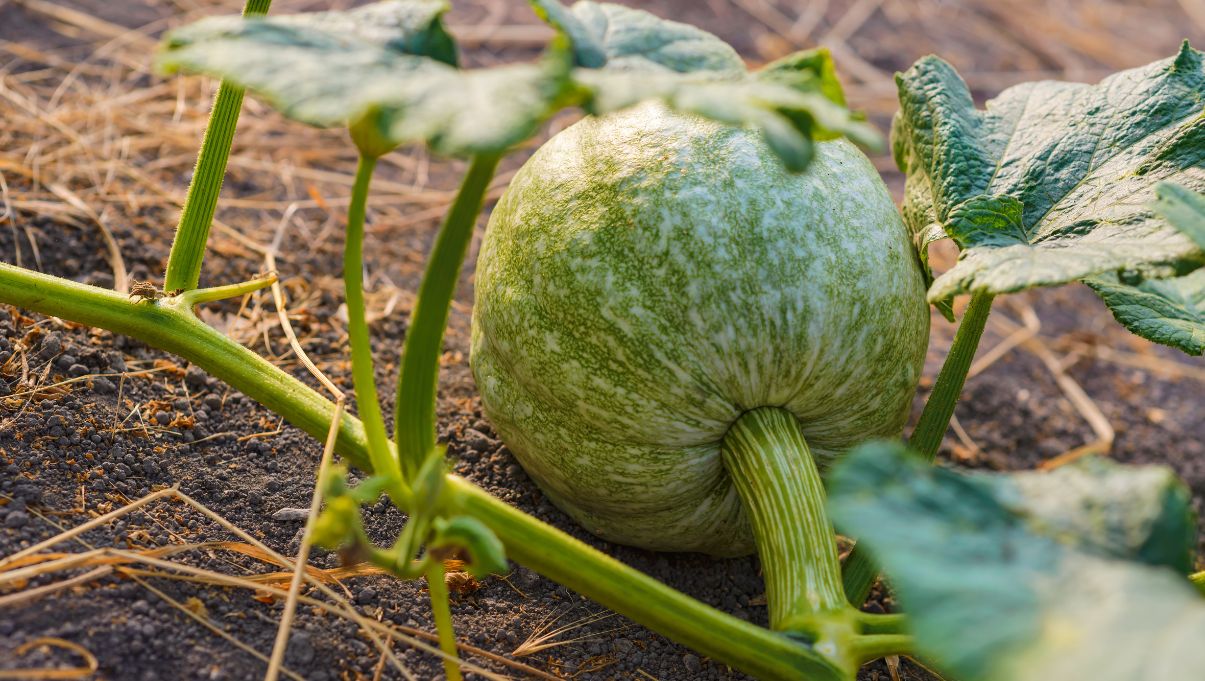Introduction
Pumpkins are a staple of fall and Halloween. They are also a delicious and nutritious addition to many dishes. Growing pumpkins is a fun and rewarding activity that can be done by gardeners of all experience levels. In this guide, we’ll walk you through the step-by-step process of growing pumpkins and caring for your pumpkin plants.
How to Grow Pumpkins?
Step 1: Choose the right variety
There are many different varieties of pumpkins, each with its unique characteristics. Choose a variety that is well-suited to your growing conditions and intended use. Common pumpkin varieties include Jack-o-Lantern, Pie, and Miniature.
Step 2: Start your seeds
Pumpkins are typically started indoors 2-4 weeks before the last frost date. Fill a seed tray with a good-quality seed-starting mix and plant one seed per cell. Water the seeds well and place the tray in a warm and well-lit location.
Step 3: Transplant the seedlings
Once the seedlings have developed their second set of leaves, they are ready to be transplanted to their final growing location. Choose a sunny and well-draining location with fertile soil. Dig a hole that is slightly larger than the seedling container and gently remove the seedling from the container. Place the seedling in the hole and fill it with soil, firming it gently around the base of the stem.

Step 4: Provide the right conditions
Pumpkins require a warm and sunny location with fertile soil. They also require consistent moisture throughout the growing season. Water the plants deeply once a week, making sure the soil is moist but not waterlogged. Mulch the soil surface to conserve moisture and suppress weeds.
Step 5: Fertilize the plants
Pumpkins are heavy feeders and benefit from regular fertilization throughout the growing season. Apply a balanced fertilizer or compost at planting time and again four weeks later. Avoid over-fertilizing as this can lead to excessive foliage growth and reduced fruit production.
Step 6: Control pests and diseases
Pumpkins are susceptible to a variety of pests and diseases, including squash bugs, cucumber beetles, and powdery mildew. Monitor your plants regularly and take appropriate measures if you notice any signs of pests or disease. Use insecticidal soap or neem oil to control pests and apply a fungicide to prevent powdery mildew.
Step 7: Harvest the pumpkins
Pumpkins are ready to harvest when they are fully mature and have reached their full color. Depending on the variety, this can take anywhere from 75-120 days. Cut the stem of the pumpkin with a sharp knife, leaving about 2-3 inches of stem attached.
How to Care for Pumpkins?
Caring for pumpkin plants requires attention to their growing conditions, nutrition, and pest control. Here are some tips for caring for pumpkins:
- Watering: Pumpkins require consistent moisture to grow well. Water them deeply once a week, making sure the soil is moist but not waterlogged.
- Fertilizing: Pumpkins are heavy feeders and benefit from regular fertilization throughout the growing season. Apply a balanced fertilizer or compost at planting time and again four weeks later.
- Weeding: Pumpkins are susceptible to weed competition, which can reduce yields. Remove weeds regularly by hand or with a hoe.
- Pests and diseases: Pumpkins can be affected by pests such as squash bugs and diseases such as powdery mildew. Monitor your plants regularly and take appropriate measures if you notice any signs of pests or disease.

FAQs
How much space do pumpkin plants need?
Pumpkin plants require a lot of space to grow. They should be planted in hills or rows that are spaced about 4-6 feet apart, with each plant spaced about 2-3 feet apart.
How many pumpkins can one plant produce?
The number of pumpkins produced by one plant can vary depending on the variety and growing conditions. On average, a single pumpkin plant can produce 2-5 pumpkins.
How long does a pumpkin take to grow?
Pumpkins typically take 75-120 days to grow, depending on the variety and growing conditions. Some smaller varieties may mature in as little as 75 days, while larger varieties may take up to 120 days or more to mature. It’s important to choose a pumpkin variety that is well-suited to your growing conditions and intended use to ensure the best results.
Are pumpkin seeds hard to grow?
Pumpkin seeds are relatively easy to grow, even for beginners. They require well-draining soil, consistent moisture, and warm temperatures to germinate and grow. Pumpkin seeds should be planted 2-4 weeks before the last frost date in your area, and they should be planted about 1 inch deep and spaced 2-3 feet apart. Once the seeds have germinated, the young seedlings should be transplanted to their final growing location in a sunny and well-draining area with fertile soil. With proper care and attention, pumpkin seeds can grow into healthy and productive pumpkin plants that yield delicious and nutritious pumpkins.
Conclusion
Growing pumpkins is a fun and rewarding activity that can yield delicious and nutritious results. By following the steps outlined in this guide and caring for your pumpkin plants, you can grow healthy and productive pumpkins that will be the envy of all your neighbors. Whether you’re a seasoned gardener or a beginner, growing pumpkins is a great way to get outside, enjoy nature, and reap the rewards of your hard work.



+ There are no comments
Add yours